I have been writing about the oak and pine savanna project on Jim’s Creek for more than 10 years. This summer I revisited the site with its architect, Tim Bailey, who spent the majority of his career on The Willamette National Forest in Lane County, Oregon.
The following 10 figures, map, and captions are from my current article on Jim’s Creek, which illustrate and document the text: http://nwmapsco.com/ZybachB/Articles/Magazines/Oregon_Fish_&_Wildlife_Journal/20240918_Jims_Creek/Zybach_20240918.pdf
The text is 2700 words, but here are the concluding two paragraphs:
“Jim’s Creek needs to be completed. All 638 acres should have been burned 10 years ago, as planned and paid for. If people actually care about “critical habitat” and “biological diversity” — which are legal terms, not science — they should burn Jim’s Creek now, this fall, when the Molala would have burned it. If the Forest Service can’t do it, how about a local business, as in pre-spotted owl litigation times? Or the volunteer fire department? Prescribed fires are a lot cheaper and safer than wildfires, and this would be a great opportunity to publicly display that difference.
“Jim’s Creek has good road and stream boundaries, fuel preparation could be done in a few days time, and trained crews are available as wildfires are being extinguished. Late summer and fall burns, as people have done for thousands of years, would greatly reduce risk and severity of wildfires, and is the pattern that native plants and animals have both adapted to and thrived until now.”
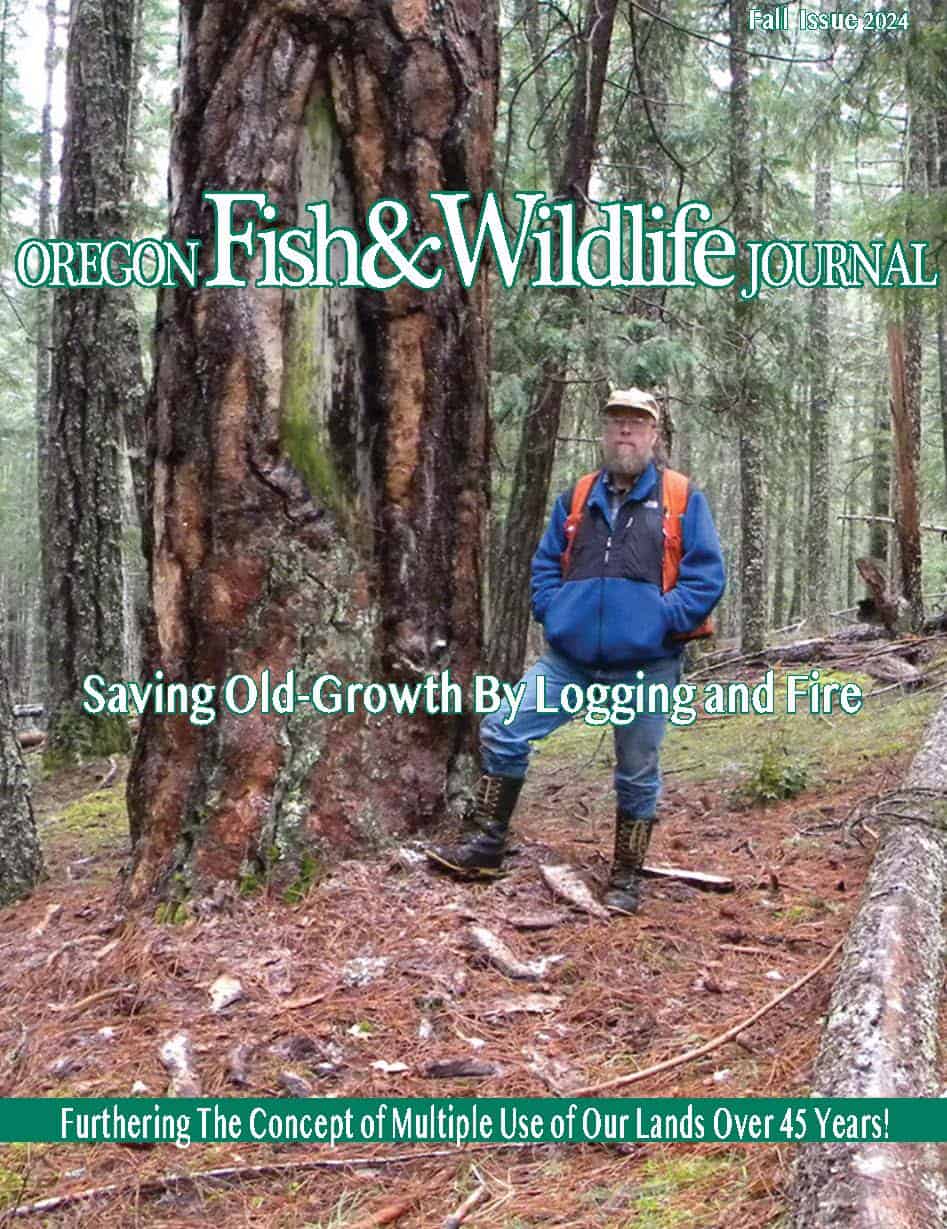

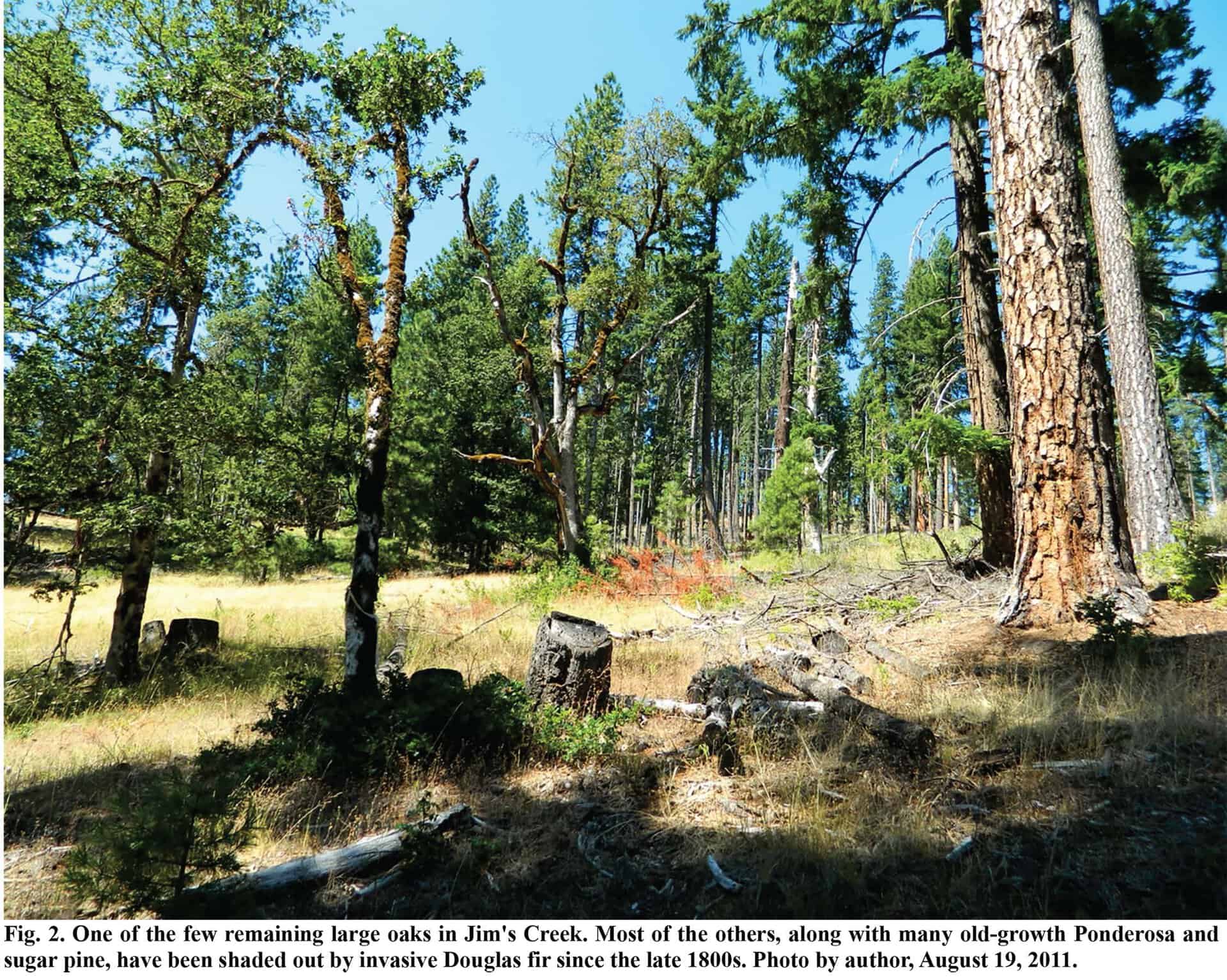
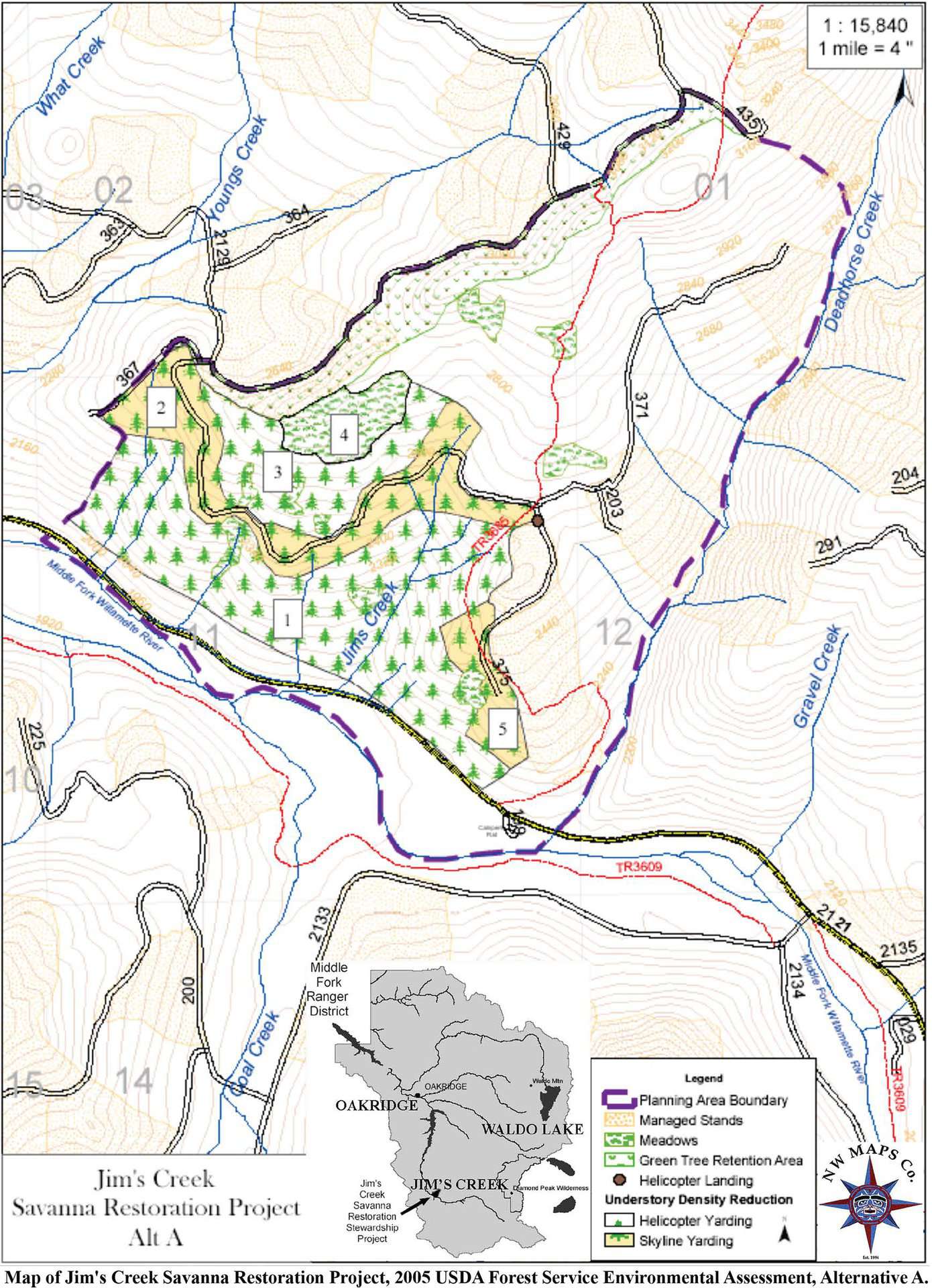
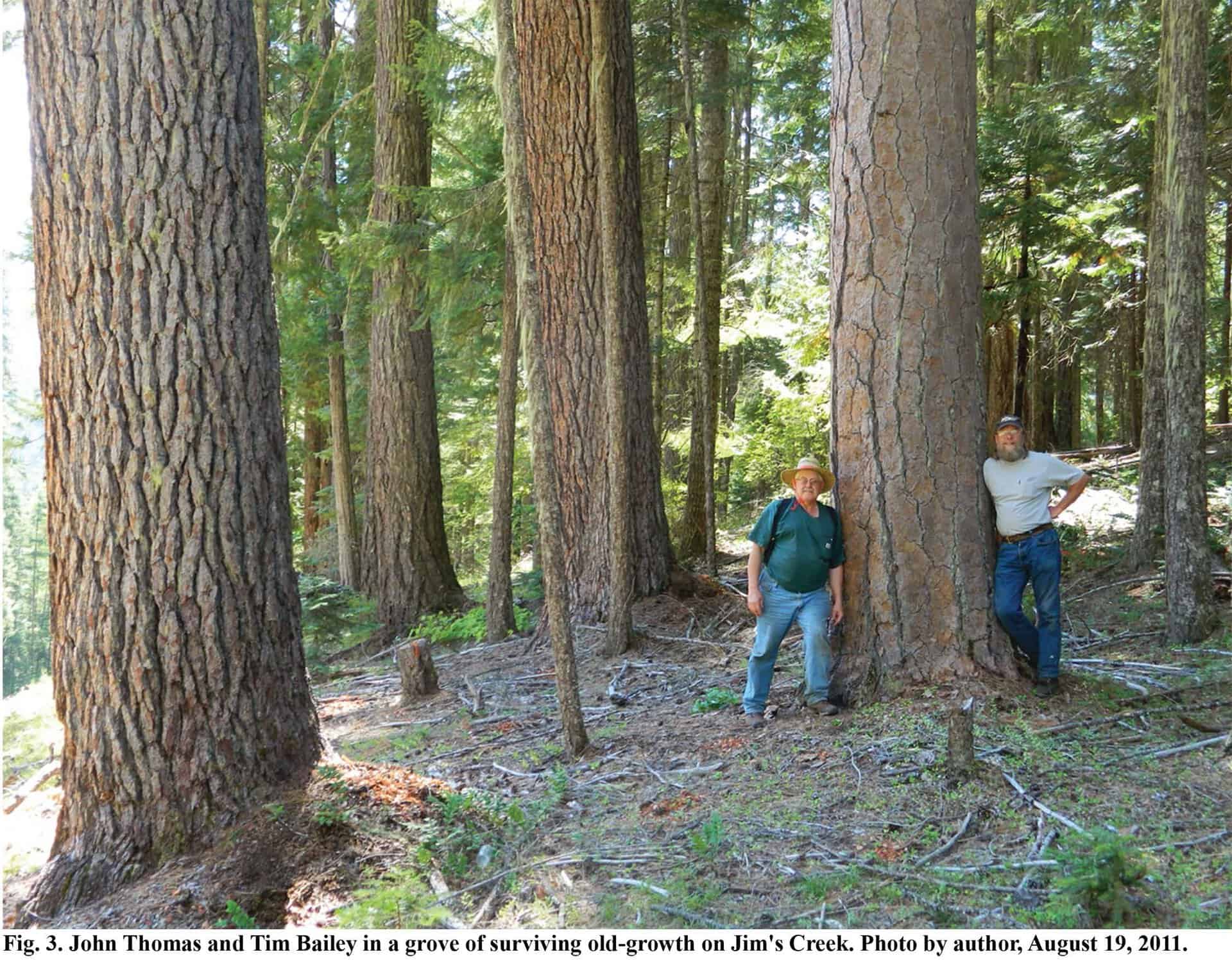
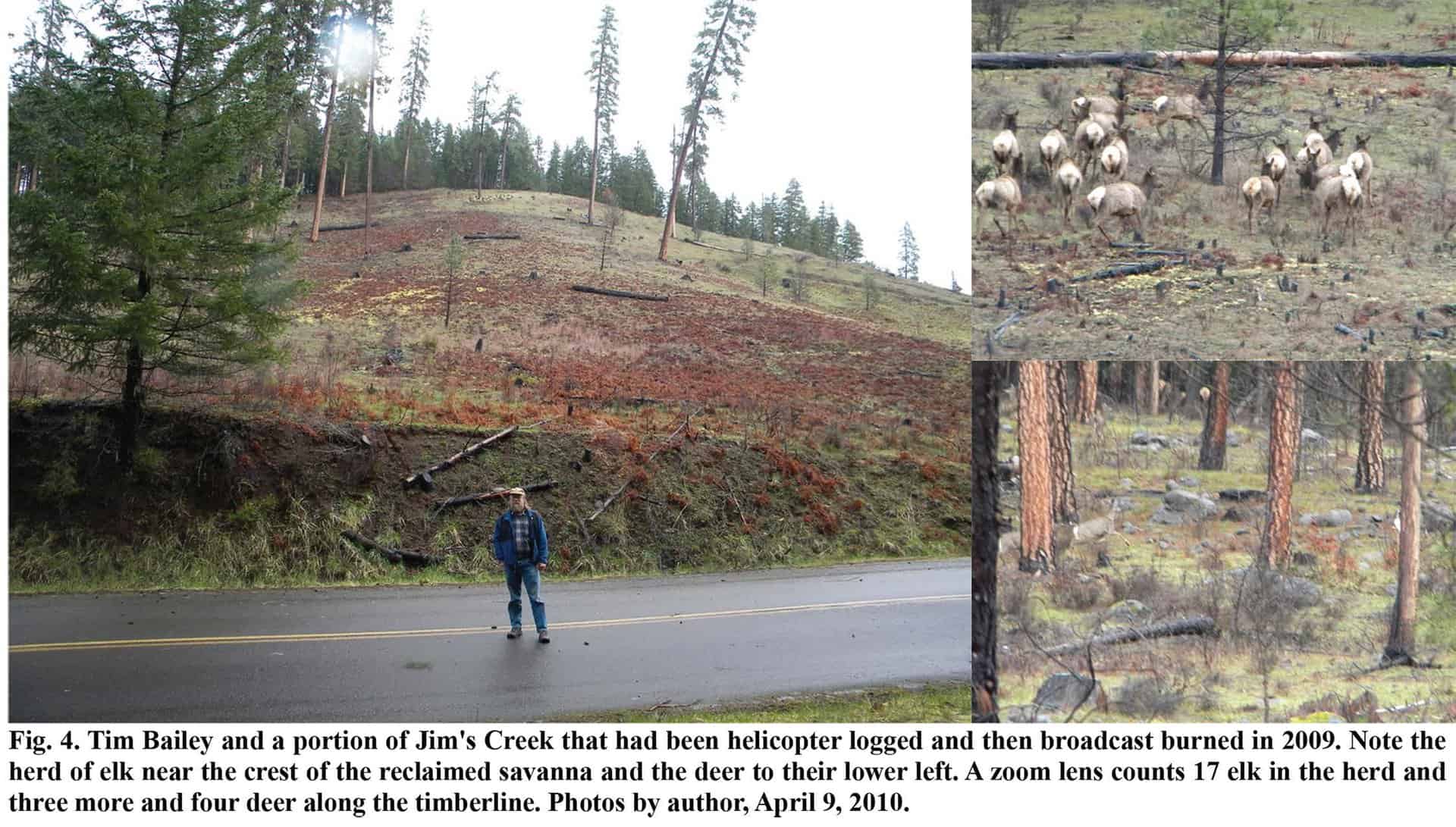

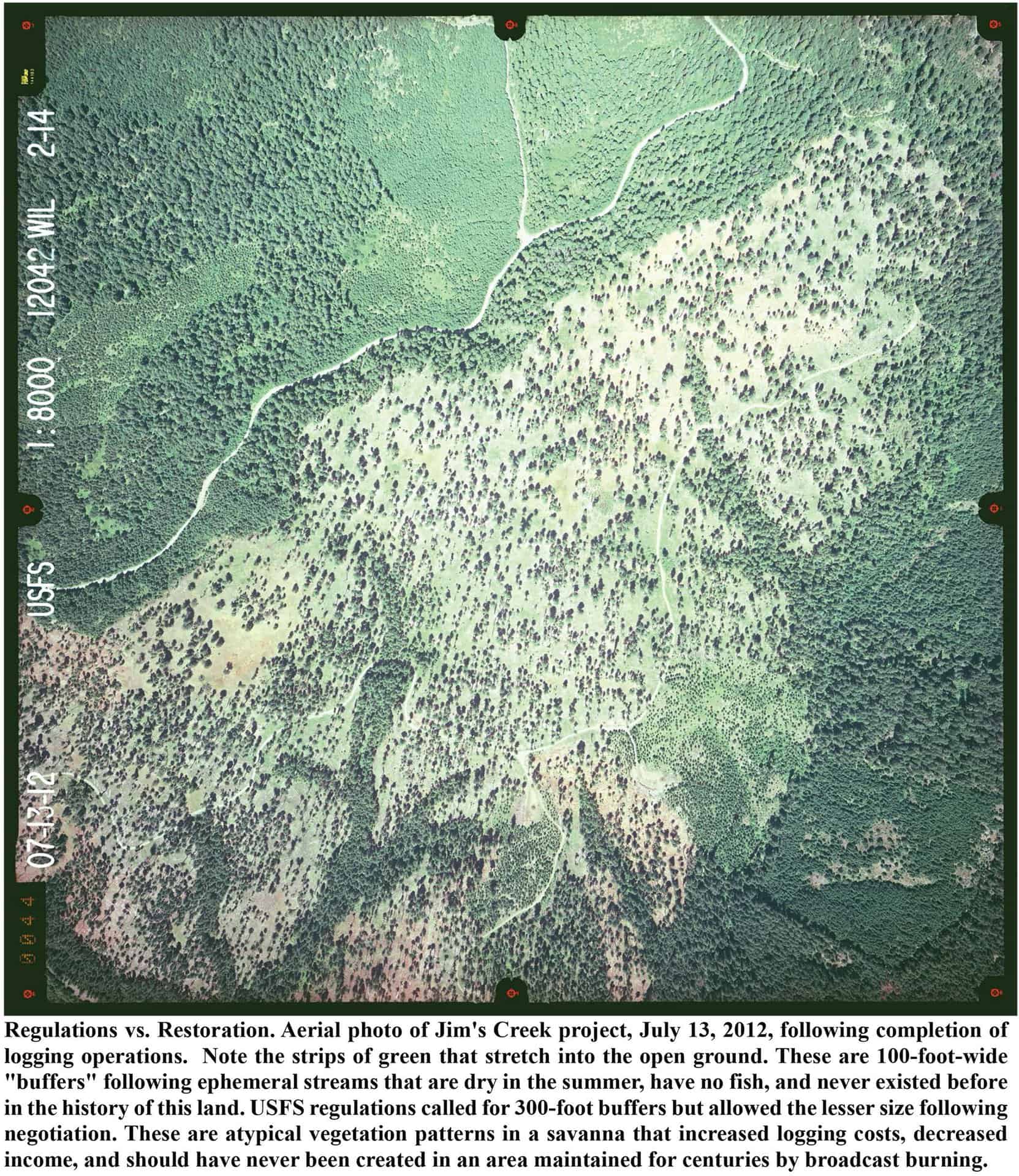
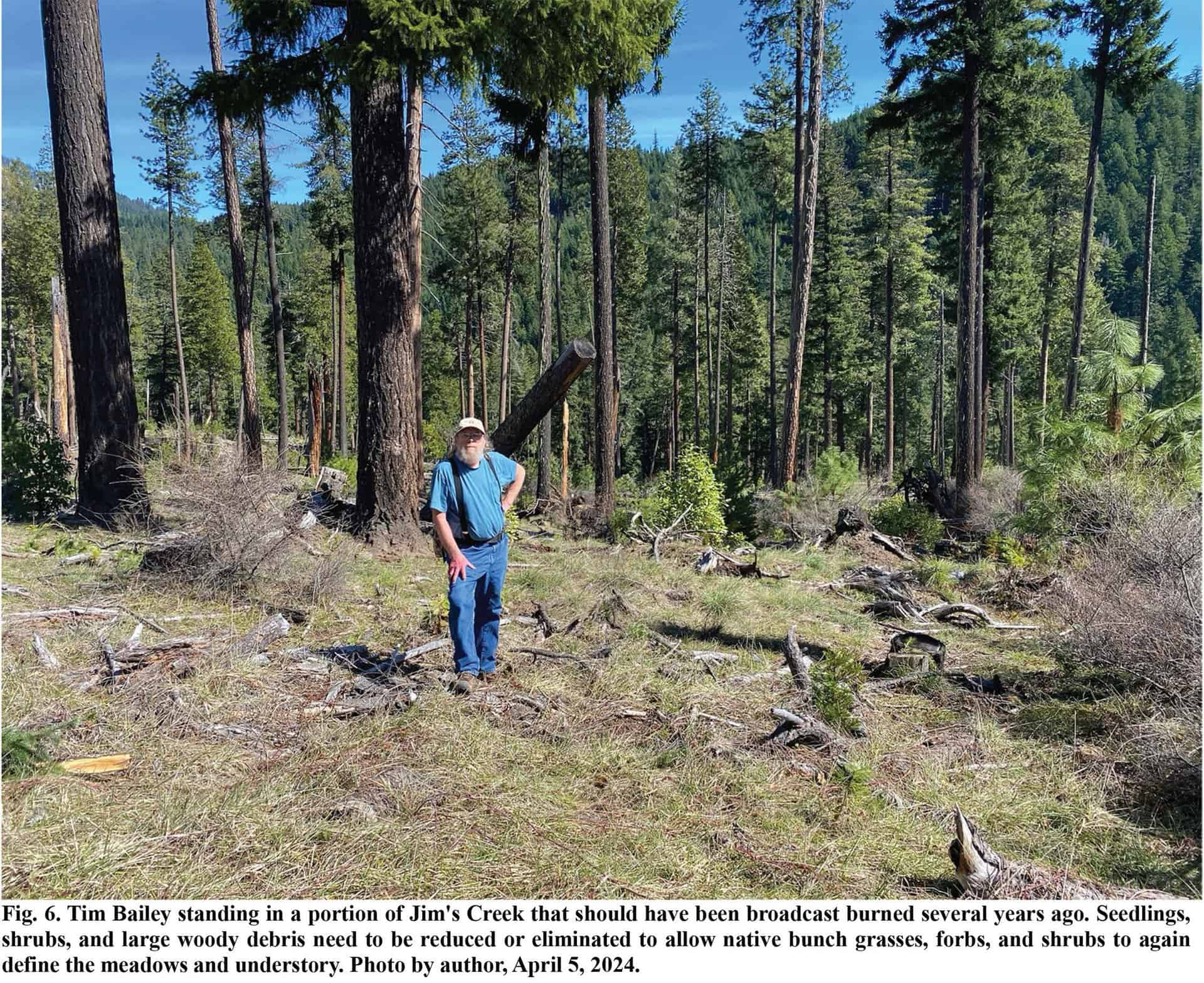
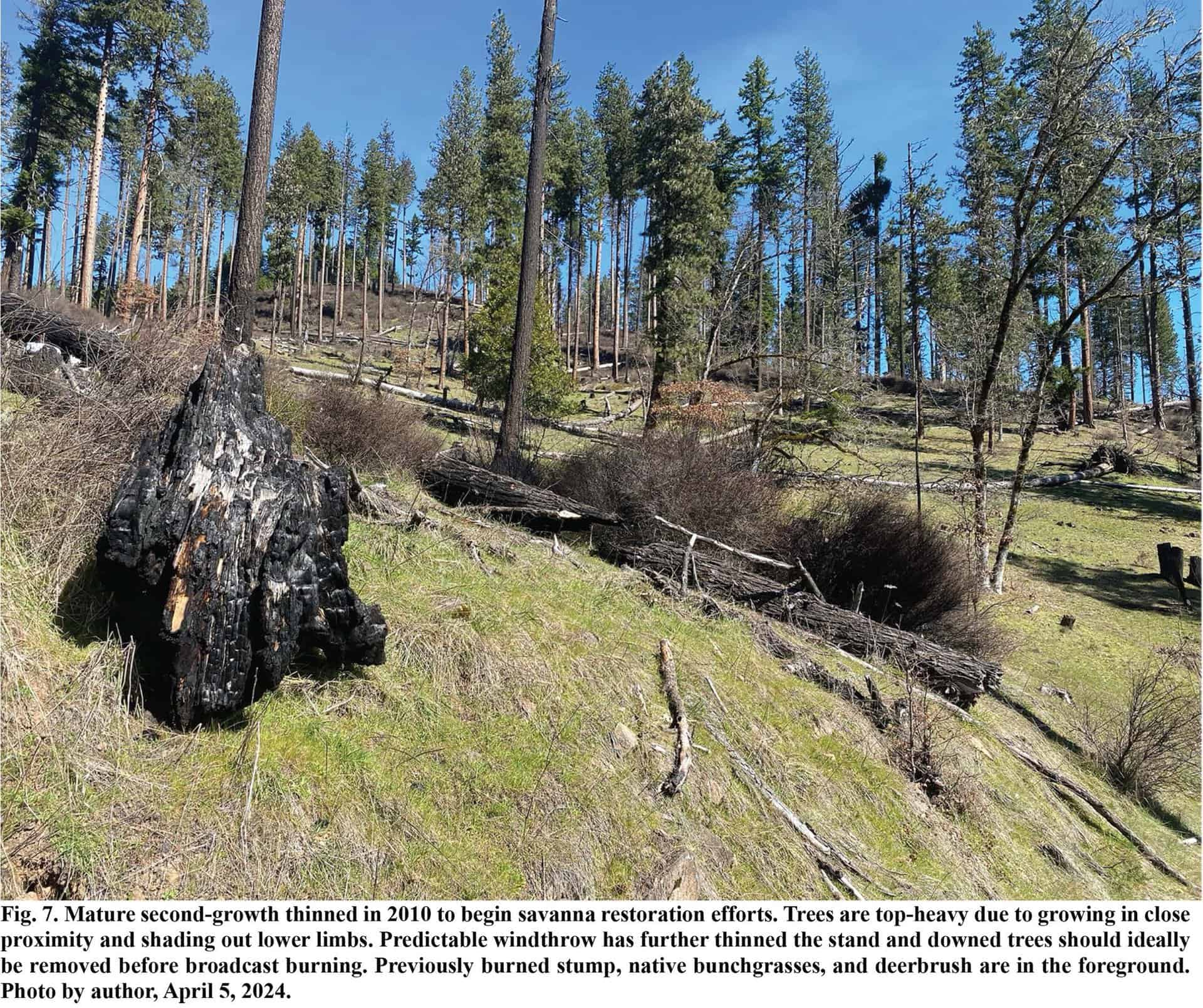
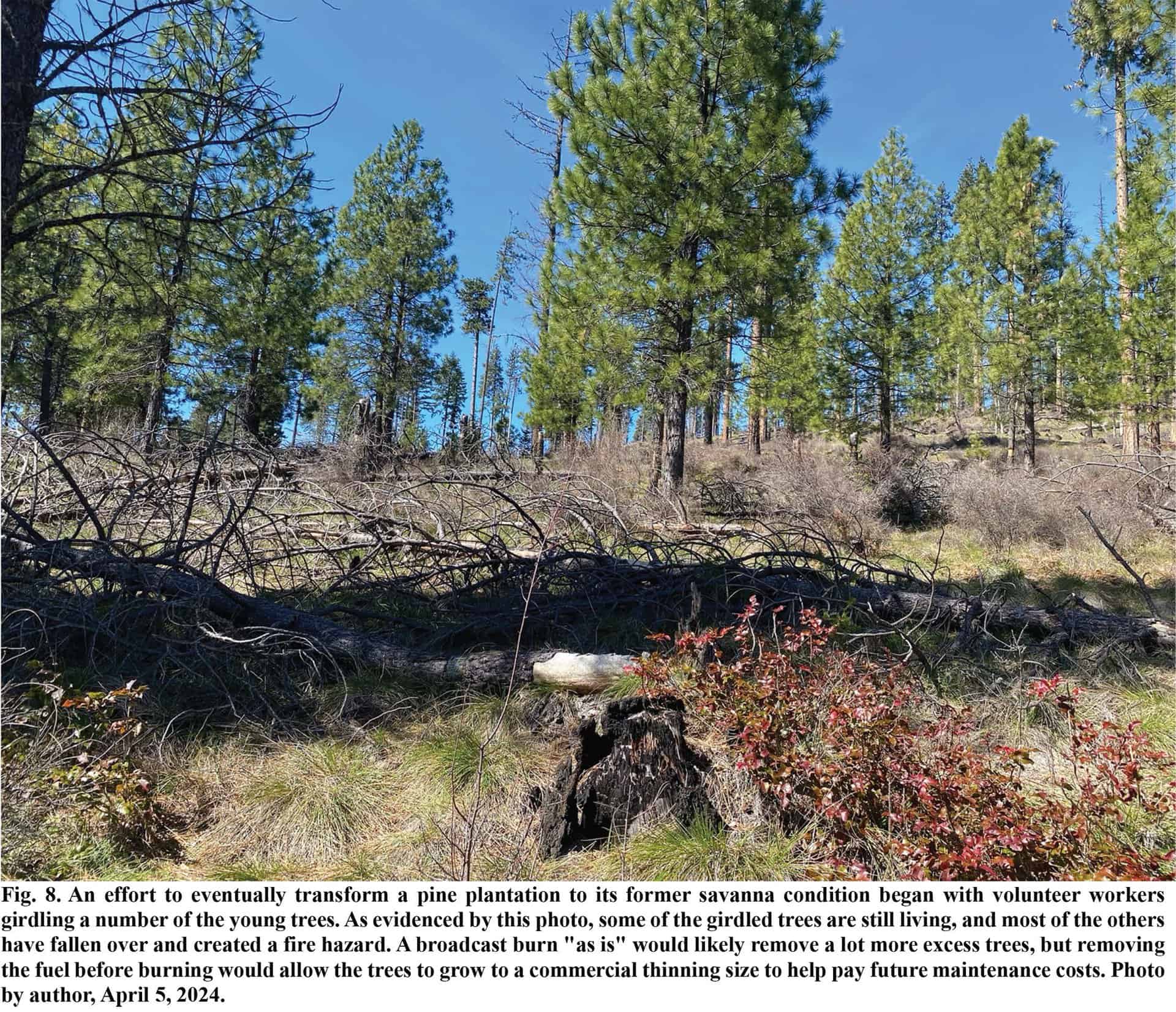
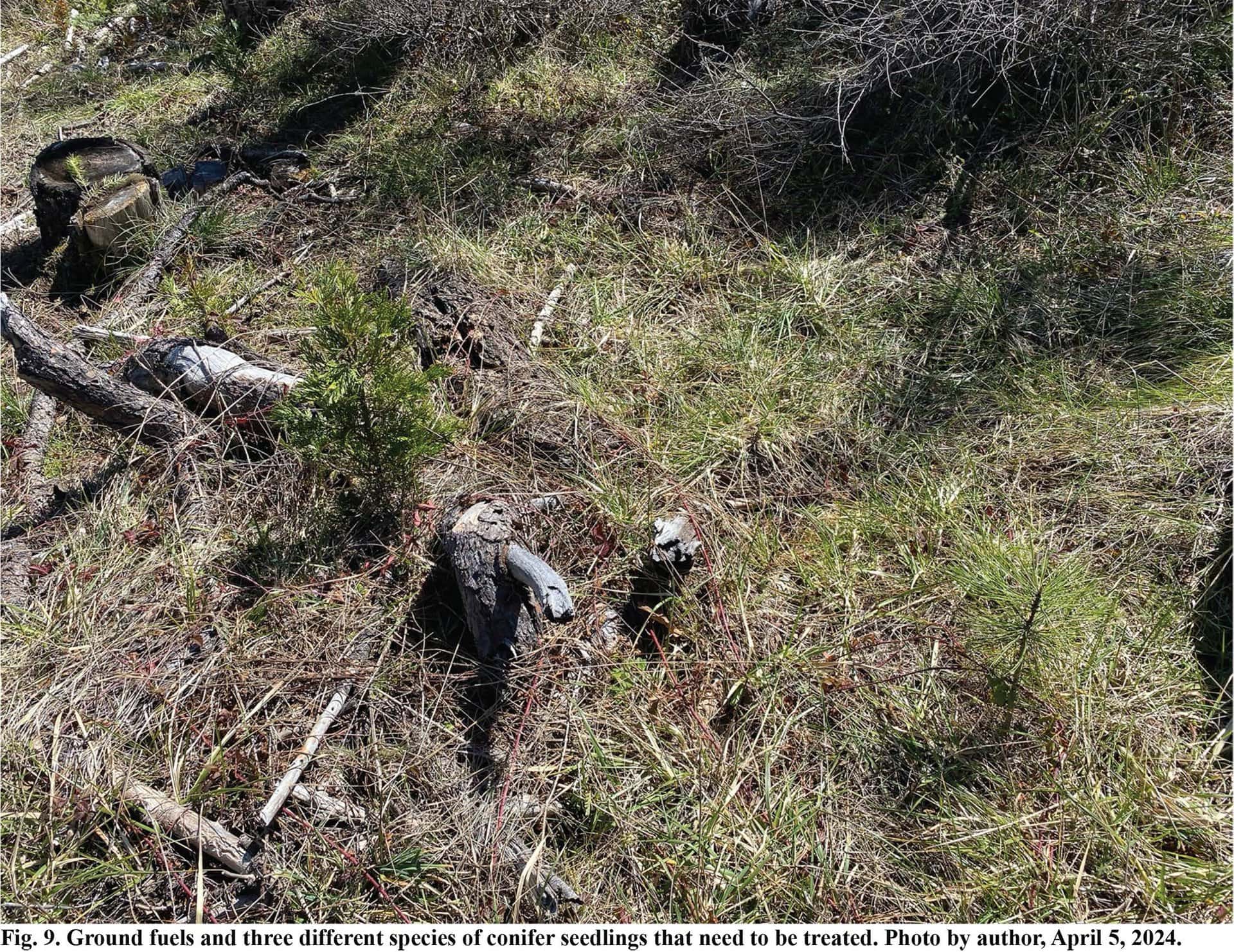
Incredible article. Thanks for writing on this and posting it here, Bob. Kudos also to Tim Bailey for pushing to make this project happen. This article pretty well sums up the story of “environmental” protection for the last 40 years.
Thanks, Chris: Others on this blog have far more skill and experience in combatting wildfires, but my professional background was focused on prescribed fires, and we were very skilled and successful in those projects until smoke management regulations made everything too expensive to continue. Other than that, for the first 20 years of my career, from 1966 to 1986, there was not a single wildfire in excess of 10,000 acres in all of western Oregon and western Washington. The woods were crawling with local loggers, tree planters, foresters, hunters, campers, hikers, and roadbuilders — everyone had chainsaws, walkie-talkies, piss cans, shovels, 4WD pickups, and an intimate knowledge of local roads, trails, weather, and fuel patterns. These folks started a lot of fires on purpose or accidentally and then quickly and expertly put them out. Spotted owl politics and environmental lawsuits changed everything. Documented and fixable — we were shown and taught how — but the environmental law industry and carbon credit scams are too lucrative to abandon.